For decades, the United States government has been a thorn in the backside of car enthusiasts. Thanks to the infamous so-called “25-Year Rule,” if an enthusiast loves a car that was never sold in America, they almost always have to wait until that vehicle is at least 25 years old before they can enjoy that car. Now, the White House’s trade war is muddying the waters. The United States and Europe are ironing out a trade agreement, and a key part of it is that the United States and Europe could agree to accept each other’s auto standards. The impact of this could be huge, and it makes us wonder, what does this mean about the 25-Year Rule?
This puzzling question comes to us from Automotive News, which asked the same question on August 22. The United States and European Union announced an updated trade deal framework on August 21. As part of the deal, there will be a baseline 15 percent tariff on goods coming in from the EU, while the EU will be spending $750 billion on U.S. energy and investing another $600 billion in the States.
But it’s what’s in store for cars that has the potential to change the auto industry, and perhaps, also make being an enthusiast even more fun than it already is. As of right now, Automotive News reports there will be no changes to the auto tariffs, meaning that vehicles coming in from Europe are still getting hit by the 25 percent auto tariff.
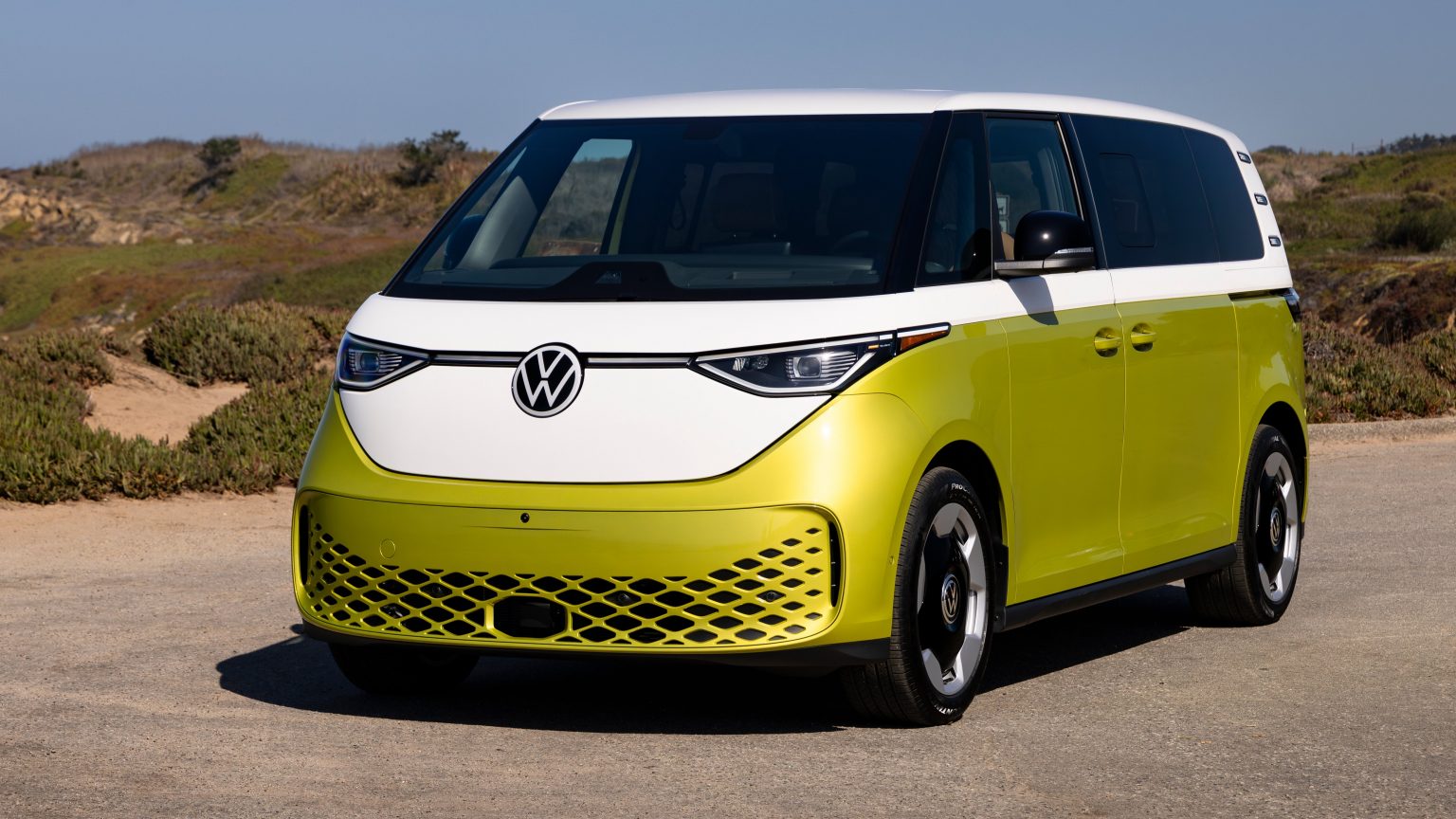
However, President Trump has offered Europe a deal where, if Europe introduces legislation to reduce tariffs on American industrial goods, agricultural products, and seafood, then the United States would agree to lower the auto tariff from 25 percent to 15 percent. The U.S. sweetened the deal by saying that the auto tariff reduction would be retroactive to August 1, when the latest tariffs went live, which would save importers a ton of cash.
A Potential Game-Changer
As Automotive News reports, Europe is working fast to satisfy the requirements to get that reduction in place. The big news, at least for the purposes of this piece, is Article 8 of the joint statement published by the U.S. and the EU, from the White House:
8. The United States and the European Union commit to work together to reduce or eliminate non-tariff barriers. With respect to automobiles, the United States and the European Union intend to accept and provide mutual recognition to each other’s standards. Cooperation on standards plays a crucial role in enhancing the transatlantic marketplace. The European Union and United States commit to enhance opportunities for technical cooperation between EU- and U.S.-domiciled standards development organizations with the objective of identifying and developing standards for the transatlantic marketplace in key sectors of mutual interest. The United States and the European Union commit to facilitate conformity assessments to cover additional industrial sectors.
Automotive News asked some valid questions:
If Article 8 means that vehicles meeting either EU and U.S. safety and emissions regulations can be sold in each other’s markets as built, there are plenty of unanswered questions:
– Would vehicles made in Mexico or Canada as part of the USMCA trade agreement qualify for European export?
– When would the potential changes go into effect?
– Would franchised dealers be able to order models not intended for the United States, such as diesel-powered Land Rover Defenders, or the Ferrari FXX K Evo?
– Does the proposed rule mean that EU-built used vehicles no longer have to be 25 years from the date of manufacture before they can be legally imported to the United States? Around 20,000 used vehicles from Asia and Europe come to the U.S. each year as private imports brought in by specialty used-car dealers, car collectors and others.
– Can an EU-compliant vehicle be sold in California and the 17 states that follow the state’s emissions regulation?It’s also not clear which American-made vehicles would appeal to European buyers.
What About The 25-Year Rule?

All of these are valid questions. But the one I’m most fascinated by is the potential damage it could have against the 25-Year Rule. The short version of the rule is that a vehicle has to be built to Federal Motor Vehicle Safety Standards and Environmental Protection Agency standards to be eligible for importation as a road vehicle. This is usually verified by the existence of either FMVSS and EPA stickers on the vehicle, or a letter from the vehicle manufacturer stating that the imported vehicle either meets standards or is “substantially similar” to a compliant vehicle sold in America.
Now, that substantially similar clause really means that the imported vehicle is pretty much the same as its U.S. equivalent. The clause is largely used for cars coming in from Canada that have direct equivalents that are or were sold in the United States.
There are exemptions to these rules. You can import a non-conforming car temporarily for tourism, testing, advertising, visiting military, or other similar purposes. Likewise, you can import a non-conforming car for display and education if you’re a museum. Further, you can import a non-conforming car if it’s so rare and historically significant that the government thinks it’s good enough to be here. The government doesn’t just hand out the Show Or Display exemption, and the current list of eligible cars is shorter than you think.

Finally, there’s one last major way to get around the law, and it’s to go through the convoluted process to have a non-compliant car converted to U.S. safety and emissions standards. This means petitioning the government, going through a Registered Importer, having the modifications done, getting crash testing done, and spending tons of cash. Typically, those taking this route are trying to sell a certain model here, not just importing a single car. This is why a late-year first-generation Smart Fortwo is technically exempt from the 25-Year Rule, so long as it has been converted.
For an enthusiast in pretty much every other situation, you have to wait until your favorite car hits the ripe old age of 25.
The Headache Of Import Enthusiasts

What’s fascinating is what led to the 25-Year Rule. Officially, the law that led to the rule is the Imported Vehicle Safety Compliance Act of 1988. An oft-repeated story is that Mercedes-Benz didn’t like how Americans were importing cheaper gray market cars from Europe, and it successfully lobbied to ban the importation of gray market cars. The truth is quite the rollercoaster ride.
As I wrote back in 2022, the world of car importation used to be unregulated and wild. America went through a huge import fever in the 1970s and 1980s. Motorcycles from Europe and Japan offered riders a vastly different riding experience than the ones that they got from bike builders at home, and often, these imported bikes were cheaper, too. Even Harley-Davidson started importing small Aermacchi Italian motorcycles.
These imports grew to become more than just cheap alternatives to what was already in America. People discovered that those Honda motorcycles didn’t break down nearly as often as their old American bikes did, and that a Mercedes-Benz offered a kind of sporty luxury that you could not get in a Cadillac.
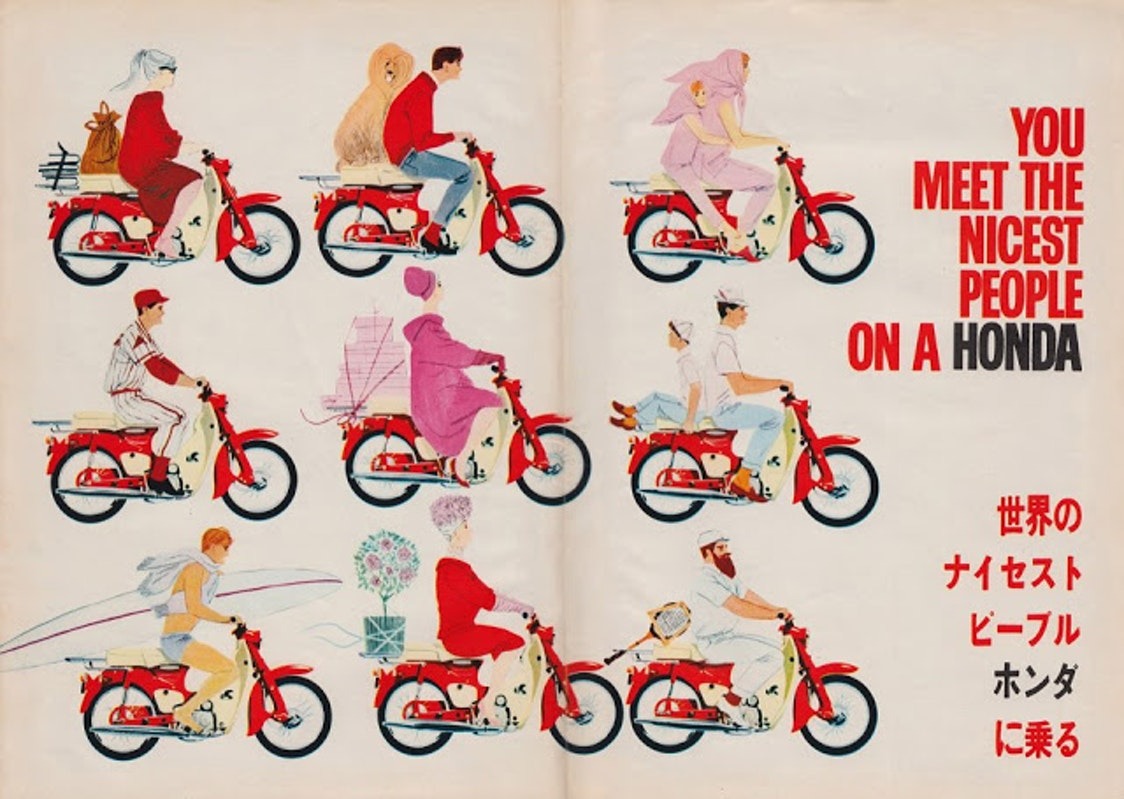
It wasn’t long before Americans discovered that there was a way to get imported goods for even cheaper, and that’s through the gray market. In short, a gray market good is a product that’s sold through an unofficial channel. A lot of gray market goods weren’t vehicles, but household goods. For example, instead of paying a television shop a lot of money for a U.S. market TV, consumers were able to buy cheaper examples that were imported directly from Japan.
It was a similar deal with cars and motorcycles. If you walked into a Mercedes dealership and didn’t like either the price or the options of the cars available, you were often able to find a dealer who had the car you wanted imported directly from Europe. Buyers got these cars for a discount over buying from an official channel. Sure, you didn’t get a warranty, but many Americans felt that the discount was good enough to take the risk.
Gray market goods became commonplace in America. Department stores like K-Mart thrived on putting gray market goods on their shelves and selling them for up to 40 percent cheaper than the same products sold through official means. The ads below show some of what K-Mart sold in the 1970s and 1980s, but these products weren’t necessarily gray market:
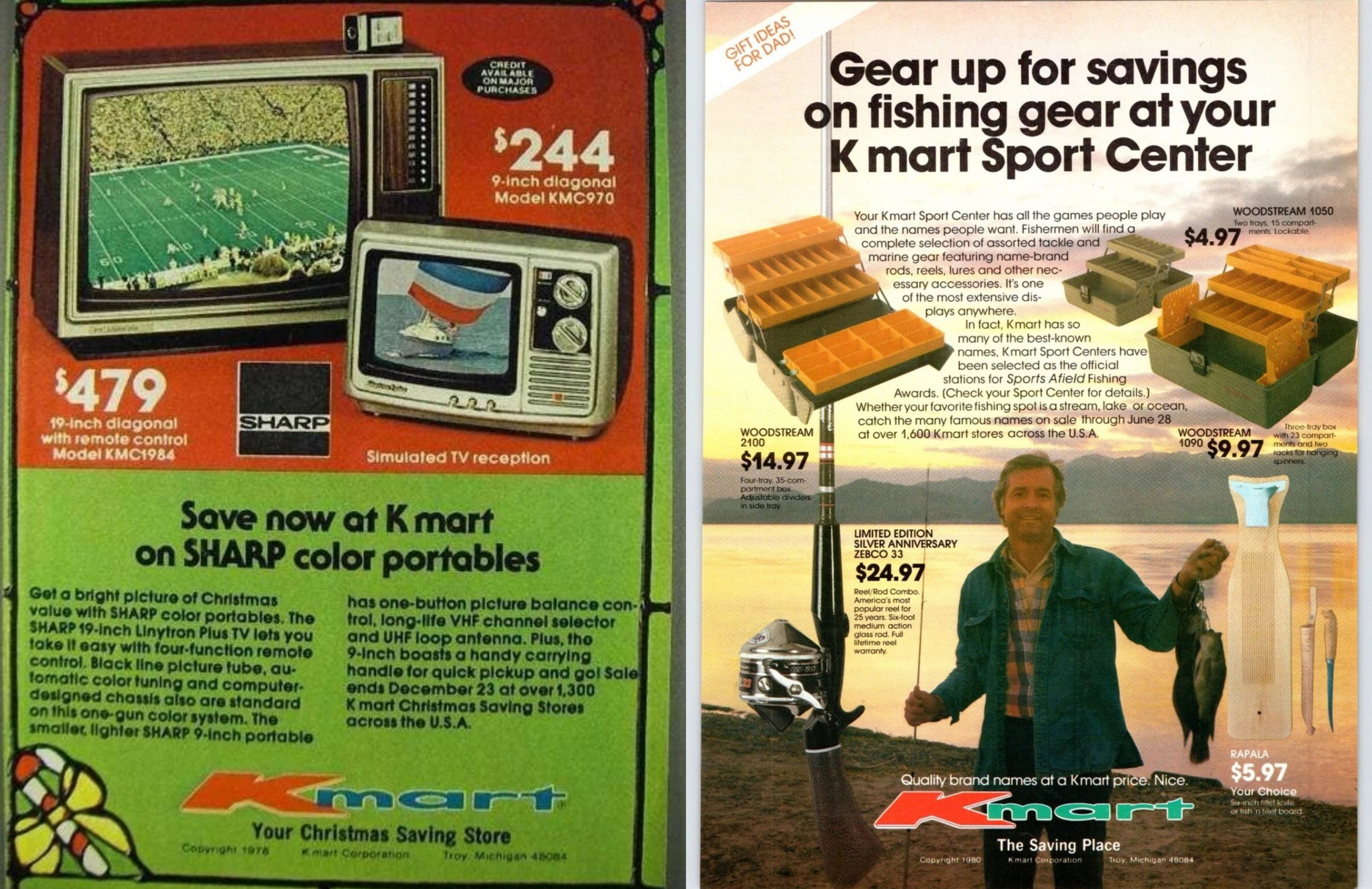
Kiplinger’s Personal Finance noted in November 1985 that from 1980, some 65,000 gray market cars had been imported into the States. Kiplinger’s figured that once the final numbers came in from 1985, they would have indicated 60,000 gray market cars sold in that year alone. How crazy did it get? In December 1984, the Washington Post reported that more than 20 percent of the new Mercedes-Benz cars sold in America were gray market models.
The twist was that it was official Mercedes-Benz franchised dealers who often sold these cars. So, the U.S. arm of Mercedes-Benz might have been angry that it was missing out on sales, but a lot of the blame was on its own dealers. Still, automakers and dealership lobbying groups fought to stop gray market import cars.
Then came the safety aspect.
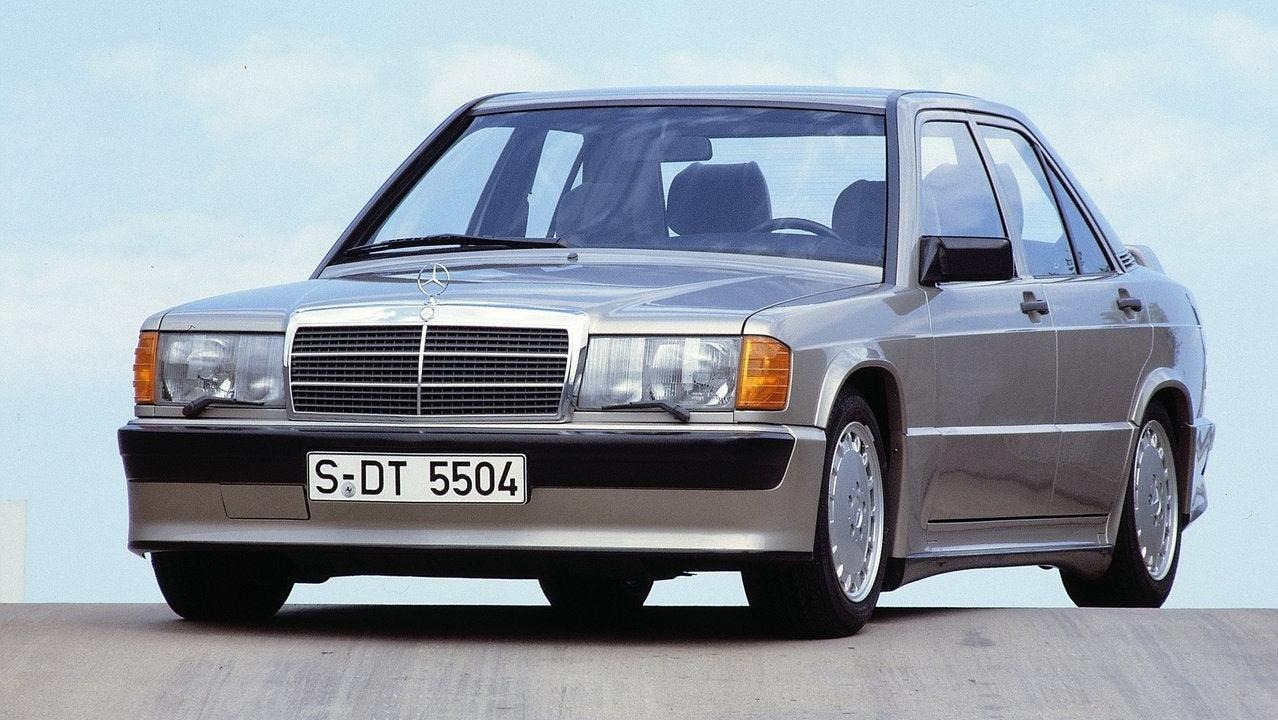
In the past, the government did not regulate the gray market car conversion industry. Anyone with a wrench could convert a gray market car to American safety standards, and it was on the owner of the vehicle to prove compliance. As a result, the quality of the conversion work ranged widely. As I reported in 2022, Mercedes-Benz and several government agencies conducted studies into converted gray market cars. The government came to the conclusion that 60 percent or more of the gray market cars that flooded America were non-compliant with safety regulations.
Non-profit trade groups like the Automobile Importers Compliance Association (AICA) fought against the notion that these cars needed to be banned. As far as AICA noted to the New York Times, the problem wasn’t the cars themselves, but the fact that there was no government oversight of gray market conversions, leading to operators who blatantly didn’t follow the rules. AICA believed that all the government needed to do was clamp down on who could do the conversions.
Sadly, it wasn’t enough. While the government took AICA’s advice and restricted who could convert vehicles, the government also banned them until they reach 25 years of age, too. If you want to read more of my history on the 25-Year Rule, click here.
The Potential Impact Of Article 8
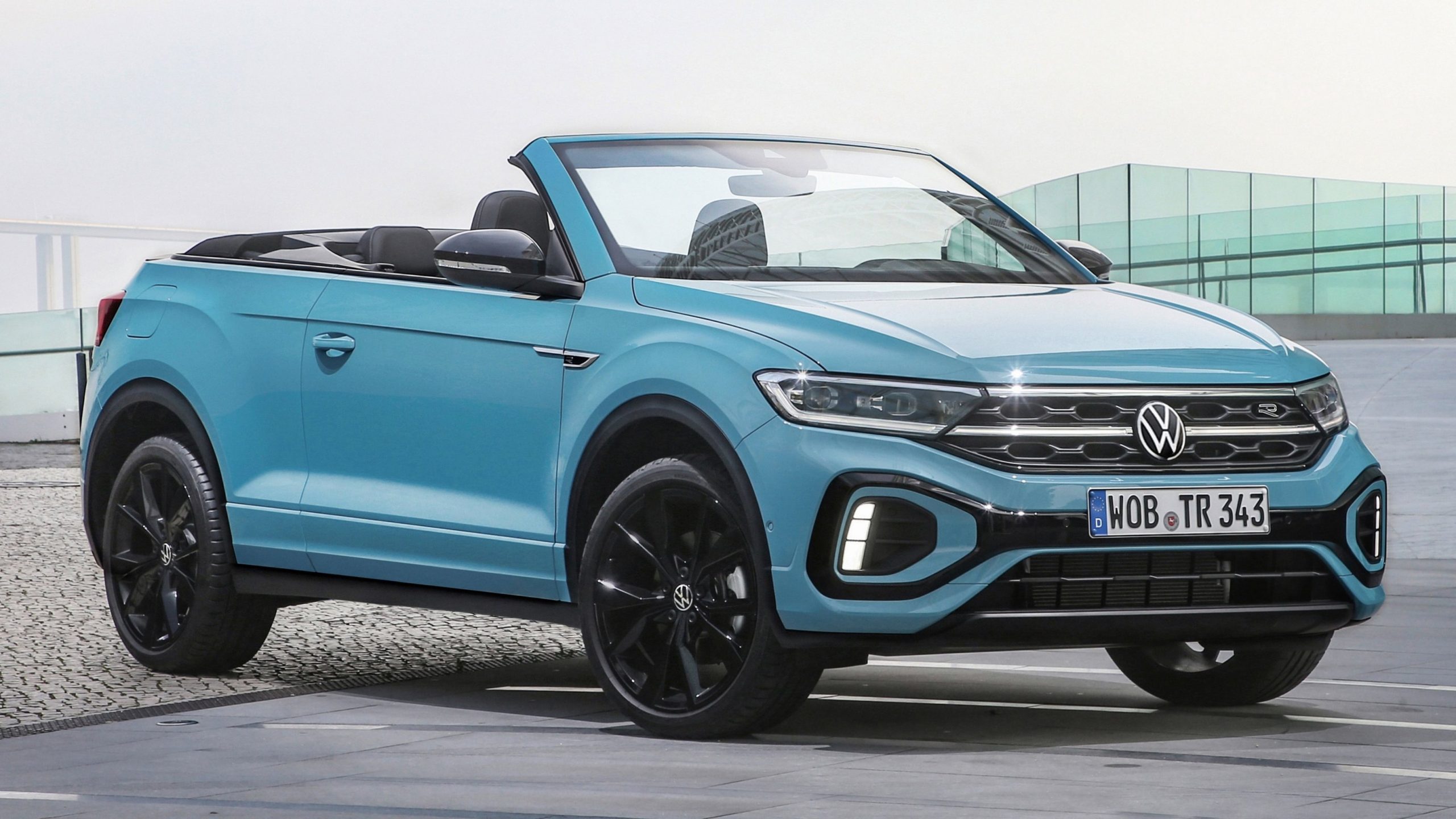
That brings us back to Trump’s agreement with Europe. Sadly, the government has not provided any clarity whatsoever on what’s going on here. However, we do know that the White House is looking to ink similar trade deals with Japan and South Korea.
If the United States suddenly begins recognizing European, Japanese, and South Korean safety and emissions standards as being equal to America’s, what does that mean for the 25-Year Rule? Nobody really knows. NHTSA has not gotten back to us as of publishing, and even reporting from Automotive News isn’t super certain:
Some believe that, if enacted, the new rules would allow imported vehicles from each other’s regions to be sold on both sides of the Atlantic without meeting the same safety and emissions standards.
Others said automakers would still be required to tailor vehicles to each market. But the potential changes could push the regions to accept the other’s safety, emissions and fuel economy test results.
The changes are likely aspirational. The intention to recognize each other’s standards is not a commitment, said Jennifer Smith-Veluz, international trade attorney at Butzel.
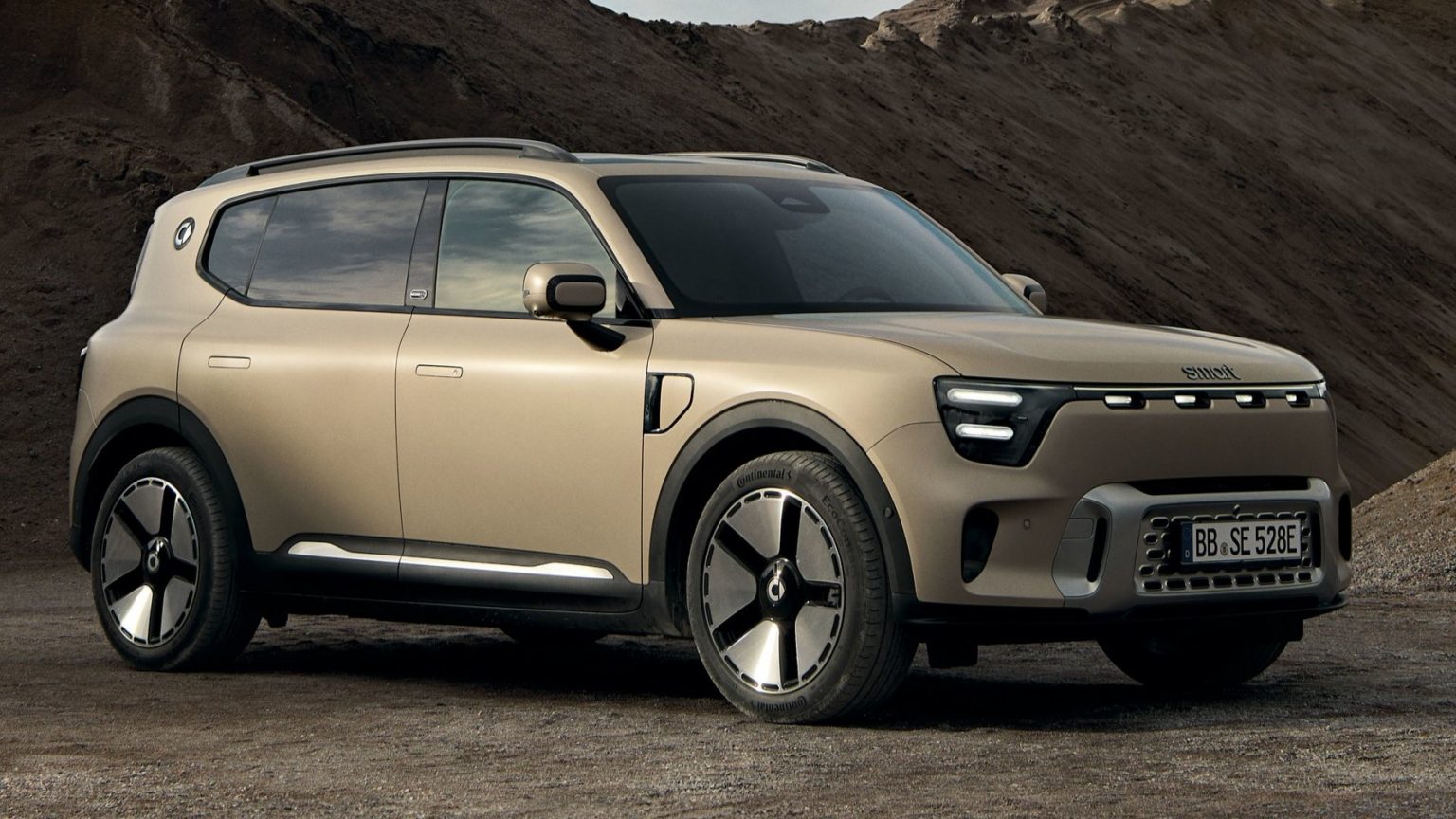
Note that none of these brings up the 25-Year Rule at all. In fact, it’s entirely possible that, if these rules go live, they would apply only to new cars. It might even apply only to cars imported through official sales channels. Unfortunately, it’s impossible to know or even take an educated guess because, as of publishing, the White House has provided no further clarification. It sort of just dropped this bomb without further explanation.
But in theory, if America suddenly begins recognizing the emissions and safety standards of at least Europe, and then maybe later Japan and South Korea, then automakers who haven’t sold certain models here on the basis of the costs of compliance might feel inclined to give America a go. Maybe I might be so lucky as to see my beloved Smart make a return to America. Maybe, when the economy sucks, we could see some Japanese Kei cars. The possibilities could be endless.
However, we won’t know for sure until further clarification of Article 8 is provided. Still, that won’t stop enthusiasts from dreaming. Did America accidentally kill the 25-Year Rule? I’m going to say probably not, but we’ll have to see.

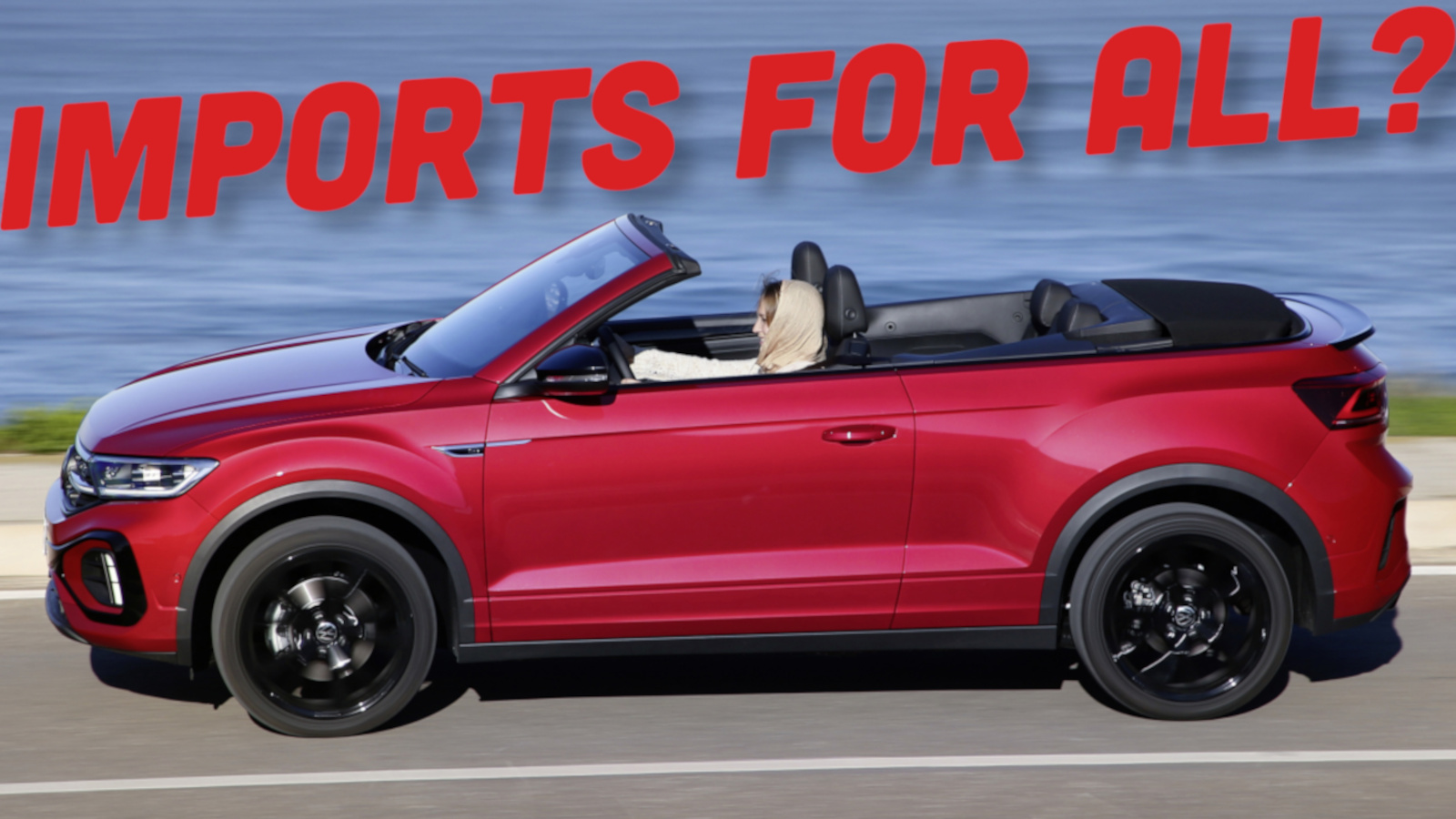




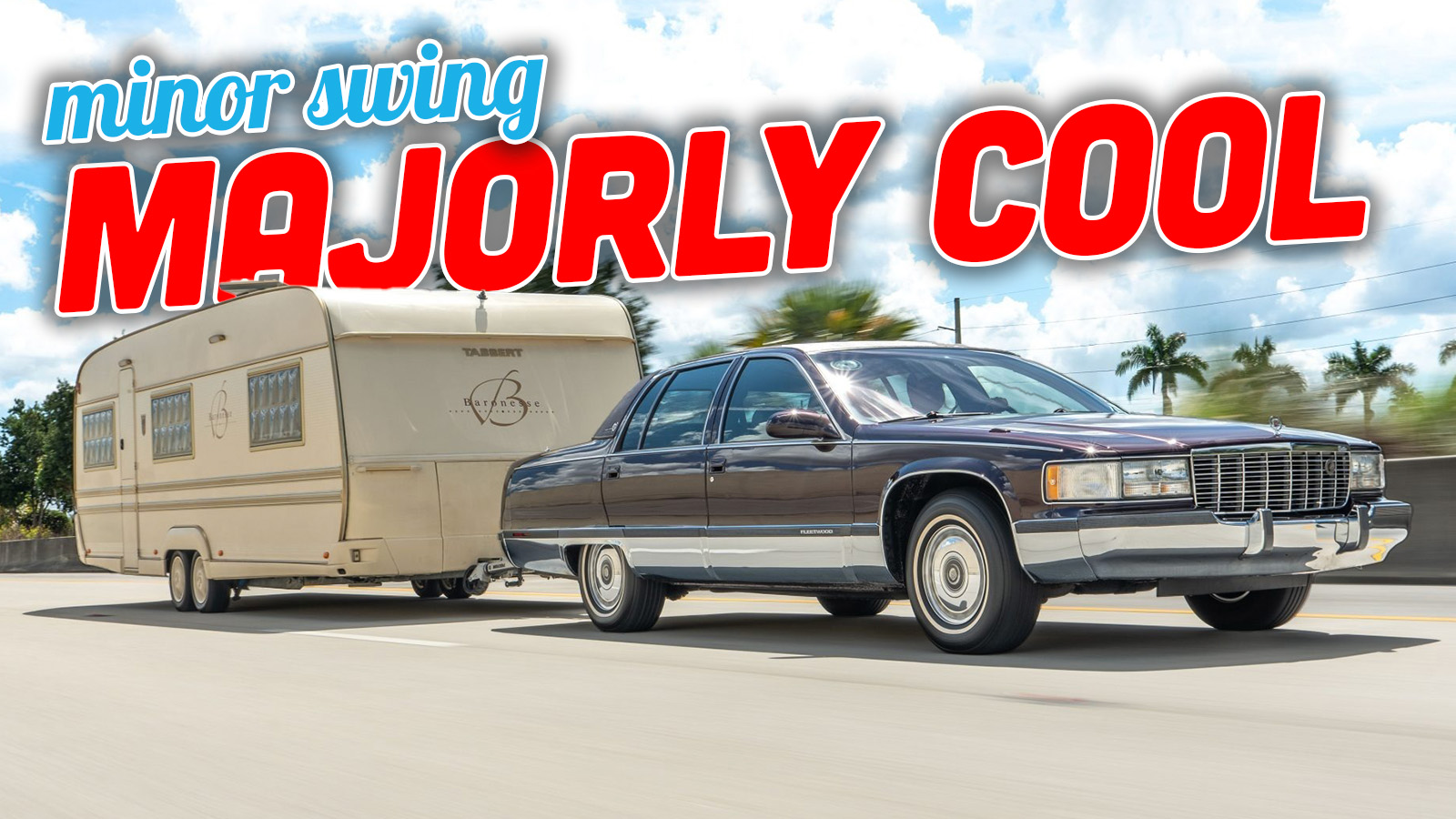

My take is that the domestic manufacturers would eventually stop building the FMVSS-compliant vehicles as the international markets are larger than the US. It’s economically for the domestic manufacturers to adopt one set of standards that have larger market or widely adopted or accepted. President Trump would probably call for NHTSA and FMVSS to be dissolved as a waste of tax money.
Since the US doesn’t require the rear amber turn signal indicators but EU does, does that mean the FMVSS-compliant vehicles brought to Europe must be modified to have that? Since the US doesn’t require the external rear-view mirror housings to give way or flex when hit, does that also mean they must be modified to be legal in Europe?
If there is one thing I have learned in the last forty-plus years, it’s that any large scale change introduced by the federal government is 99% certain to make everything worse. More freedom is highly unlikely, no matter which party is in charge.
My only hope is that Canada will break free and join the World Forum for Harmonization of Vehicle Regulations, which may then force the US to open up.
This makes my dreams of importing a new Suzuki Jimny just that much closer.
Yeah, no. The Jimny is not built in the E.U. and therefore would not be legal here — even if the thing was E.U. compliant. Sorry, homes.
There won’t be any answers for a long time, till all the trade stuff is actually settled, which could take years to pan all the way out. And I’m not holding my breath for any good results for auto enthusiasts really…
“However, we won’t know for sure until further clarification of Article 8 is provided”
I wouldn’t hold my breath for any sort of clarity from this administration. Not exactly the hallmark of this stable genius…
All hail the Dear Leader!
Please, let us get aligned on amber turn signals!!
I thought Europe had more stringent safety standards than we did. Don’t they have a bunch of frontal pedestrian collision requirements we don’t for hoods?
Yes! Amber! Thank you god and Jesus and baby Jesus. I had a road rage incident over this recently just outside of Boston. On a two lane road I was in the left lane. The other guy was in the right lane. I slowed coming to an intersection at the newly introduced left turn lane. I slowed as the left turning car had their ass-end sticking out and then I sped back up a little eventually coming to a stop. The other gentleman rolled down his window (I’m guessing he was Dutch or Scandinavian) and asked why I sped up and shut him out. I calmly explained that I had not done anything intentionally and in fact I sped up because I was forced to slow down due to the turning car and had just resumed my speed. Also, with all the braking, and the red turn signal, I did not realize he was trying to change lanes as his signal could not be differentiated from the brake lights in a few seconds. He said ok, that makes sense. We wished each other a good night and carried on. I wish I got his number so we could go get a beer!
Huh?!? That counts as road rage in your country? It’s not road rage here in Texas until firearms are pulled out.
It was meant sarcastically as it turned into such a polite and reasonable interaction.
Wait, outside Boston MA?
None of your post is computing as “road rage”.. I mean it’s illustrative of the complaint, for sure, but I’m not finding the rage..
It was meant sarcastically as it turned into such a polite and reasonable interaction.
I see.. I was hoping for the time traveler theory I had to play out, but OK…
Yes!
I dont know if either side is really more/less stringent overall, its more that we’re different, and that the US doesnt accept anyone else’s standards. Europe has the pedestrian impact standards that we dont, but I think we’re still a little tougher for vehicle occupants, the 500 required a significant redesign of the front bumper structure to pass US tests, for example. The EU is also more lenient toward small/low volume automakers, whereas the US has basically regulated them out of existence
My Citroen inches closer
I want a C4 Cactus.
Had one as a rental in Scotland, it was super fun.
Ooo! I’m heading to Scotland in a few weeks and will be getting a rental. I’ll have to ask for a Cactus.
(/Neil Fallon voice) Open up the border!
I’m being awfully optimistic and a bit naïve here, but perhaps a rapid influx of cheaper cars (from China and elsewhere) would force domestic car companies to stop half-assing their lip-service efforts to sell more affordable vehicles in the States again.
I’ve said this before and I’ll say it again: I refuse to believe that other developed countries’ safety and emissions rules are any less stringent than ours, and this protectionism is merely a band aid to prevent American companies from dying quicker. Adapt or perish, right?
Nice! A rarely seen non-automotive clutch reference on the Autopian!
I’m still looking for an appropriate Jesus to put on my dashboard.:)
My favorite band for sure!
GR Yaris price is about to go nuts.
I doubt it would happen but if it did I think it be more like when someone in Europe brings in us market car. It’s possible but often costs a crazy amount to get it to spec with strange modifications. At least shouldn’t be as bad as us market cars coming into Australia and New Zealand with driving positions switched undoubtedly doubling the price of the car.
If I am reading this correctly, some see this compliance as an either/or thing. I disagree. It would be an attempt to apply the same standards to everyone, and to apply them to new cars only. It costs a lot of money to build cars to meet three or four different sets of rules and to tailor the same car for different markets.
This sounds like something that the EU asked for, so that they could sell more of their cars here. The majority of Europeans aren’t clamoring for huge, thirsty American cars and relaxed standards won’t do much to sell more cars there.
I would welcome world standards for cars but it will take fifteen years for new cars to be designed to meet them. If anyone from a CARB state becomes US President in the meantime, they’ll shoot down any less stringent emissions standards and block the agreement.
It’s probably not requested by the EU- more likely that the American delegation is so self-absorbed in the ‘Merica mindset that they didn’t see any reason that Europeans wouldn’t be clamoring for a Ferd F-teen thousand.
European and Asian shippers are cutting off shipments to the US due to tariff ambiguities. Forget 24 year old imported vehicles, you aren’t going to be able to import anything soon. What a clown show.
https://www.axios.com/2025/08/24/trump-tariffs-de-minimis-europe
Europe and Asia cannot survive without American sales. They will cave in and lower their tariffs against American products as many have. The American tariffs seem to have been set too high and should have been equal to what other countries have set against us. But I assume that the current rates are some sort of bargaining tool.
We have had tariffs against some foreign products since 1776. This is an overblown effort to extract revenge. Our products are unfairly closed out of many markets. Nevertheless, this is one of many things that were necessary but are being handled very poorly.
“Europe and Asia cannot survive without American sales.”
I believe that statement is false. Sure it would hurt, but they’d survive.
And it’s a statement that cuts both ways.
I believe if Europe and Asia were to cut off Asian and EU sales of American products, including software that Microsoft sells and services like Netflix, the USA would be fucked far FAR worse.
Article 8 has enough weasel words to drive a gray market truck through. “Commit to work together,” “intent to accept and provide,” “commit to enhance opportunities,” “commit to facilitate conformity assessments.”
In Silicon Valley, these statements are referred to as “Barney agreements.” For those who didn’t watch USA kids’ TV in the ’90s, Barney is a purple anthropomorphic dinosaur whose theme song earworm includes the phrase, “I love you, you love me.” You’ll generally see Barney agreements in trade show press releases like “Company X and Company Y have committed to explore a technology partnership to facilitate leadership in the Technology Z marketplace.”
Nothing is binding, there are no timelines or financial considerations, and it’s easy (and common) to claim later that there was never any agreement beyond “explorations.”
Article 8 is what you get when The Boss wants you to meet with people you don’t really want to partner with but you need to look like you’re getting something done so The Boss can issue a press release suggesting that he’s getting something done.